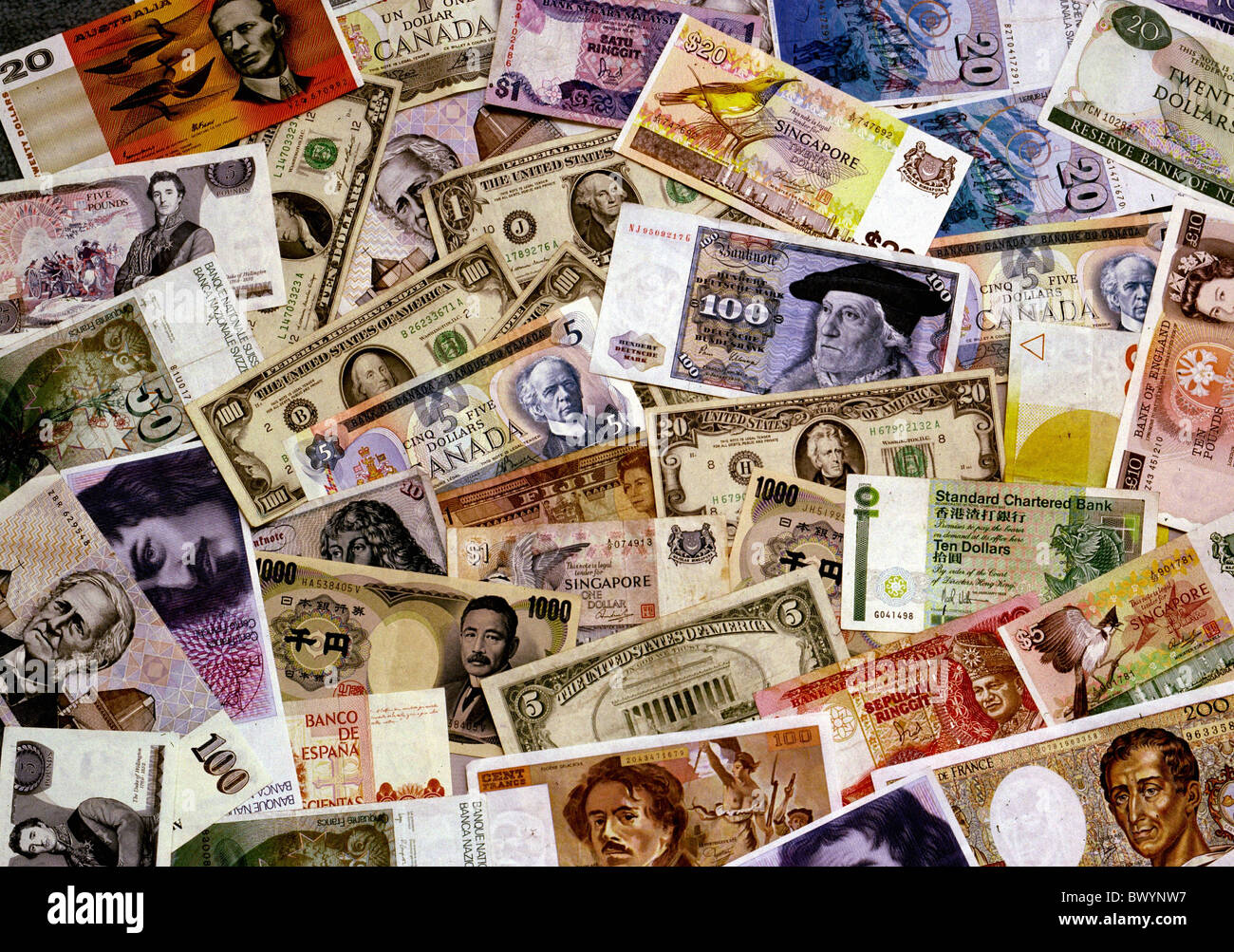
A sample of coins at the end of the 18th century, however, confirm a fineness of only 0.896 (hence, fine silver 24.25 g) see Currency of Spanish America#Coinage of 1786. The Spanish names at various times and in various places were real de a ocho, patacón, duro, or fuerte.Ī final alteration in 1772 further reduced the fineness of the peso from 11/12 fine to 130/144 = 0.9028 (fine silver 24.443 g). In French, it was called a piastre and in Portuguese, a pataca or patacão. This coin was known to English colonists in North America as a piece of eight, then later on as a Spanish dollar, Spanish milled dollar, and finally as a Mexican dollar.

This new peso became even more popular in international trade, with recipients finding it more advantageous to trade it as coined silver of known value rather than melting it into silver bullion.

There was a simultaneous reduction in weight and fineness to 8.5 pesos to a mark (27.064 g), 0.9167 fine or 24.809 g fine silver. Spanish laws of 17 ordered the mechanization of the minting of the peso so that they would be perfectly round and have milled edges. However, some remained in circulation as currency they were ideal candidates for clipping and counterfeiting due to their irregular shape and incomplete design. In most cases these cobs were immediately melted down by the recipient. The Crown was entitled to a fifth of all gold and silver mined, the quinto real (royal fifth), and cobs were a convenient means of handling and accounting for silver. This resulted in a crude, irregular coin called a cob in English and macuquina in Spanish. Initially the peso was produced in Spanish Latin America in a rapid and simplified manner by cutting off a lump of silver of proper weight and fineness from the end of a silver bar, which was then flattened out and impressed by a hammer.

It was minted in large quantities after the discovery of silver in Mexico, Peru and Bolivia in the 16th century, and immediately became a coin of worldwide importance in international trade between Europe, Asia and North America. The name peso was given to the 8- real silver coin introduced in 1497, minted at 8 3⁄ 8 pesos to a Castilian mark (230.0465 grams) of silver 134/144 fine (25.56 g fine silver). See also: Spanish dollar and Spanish real


 0 kommentar(er)
0 kommentar(er)
